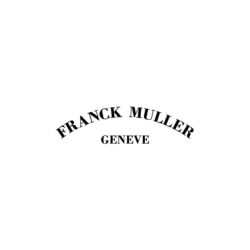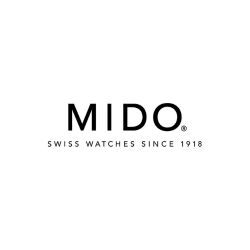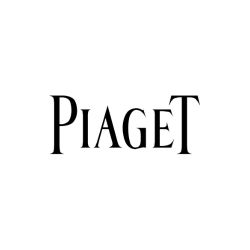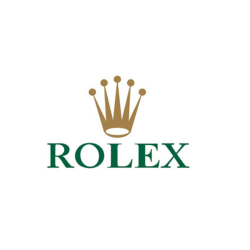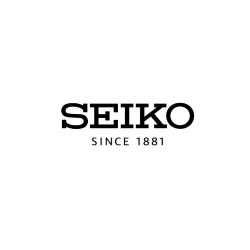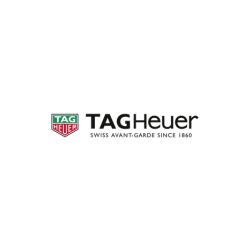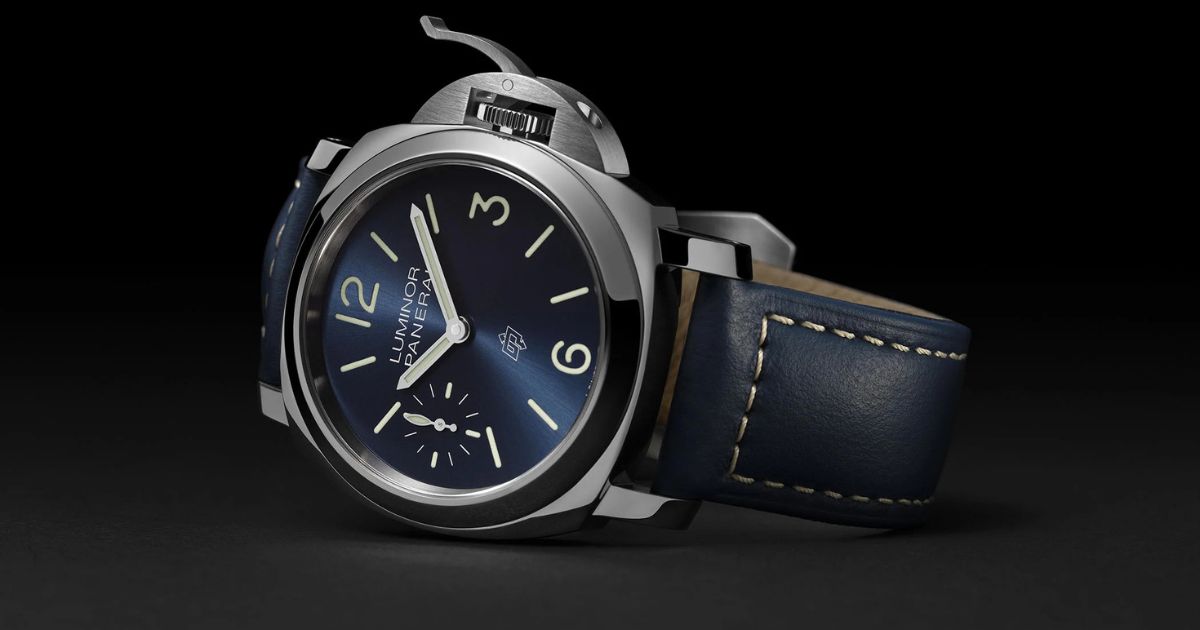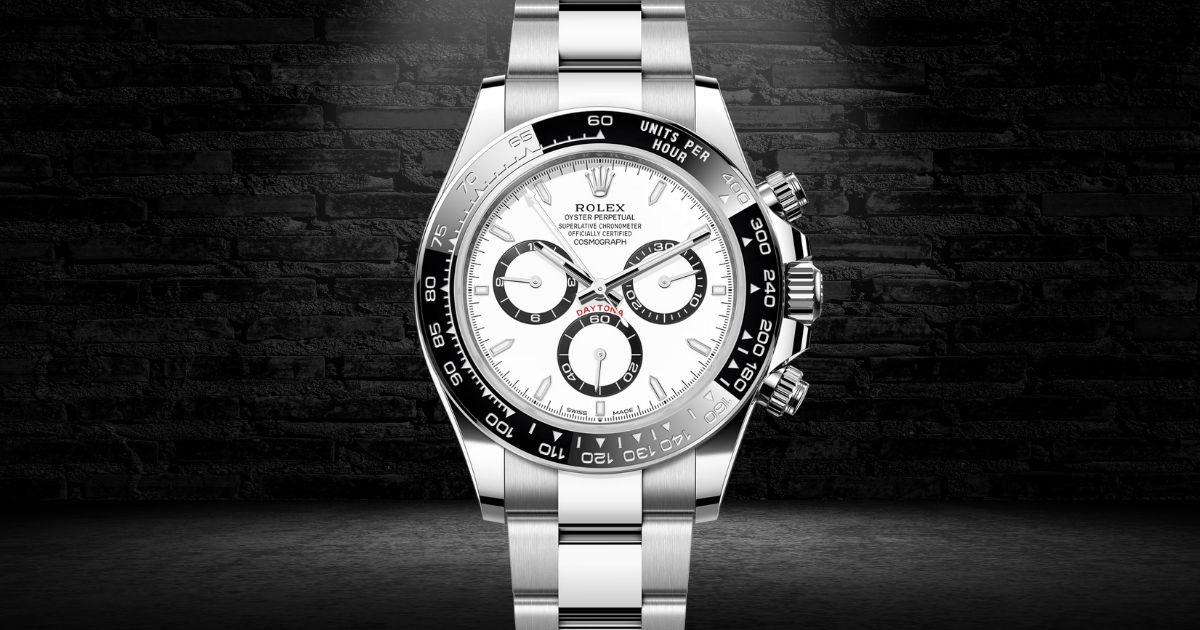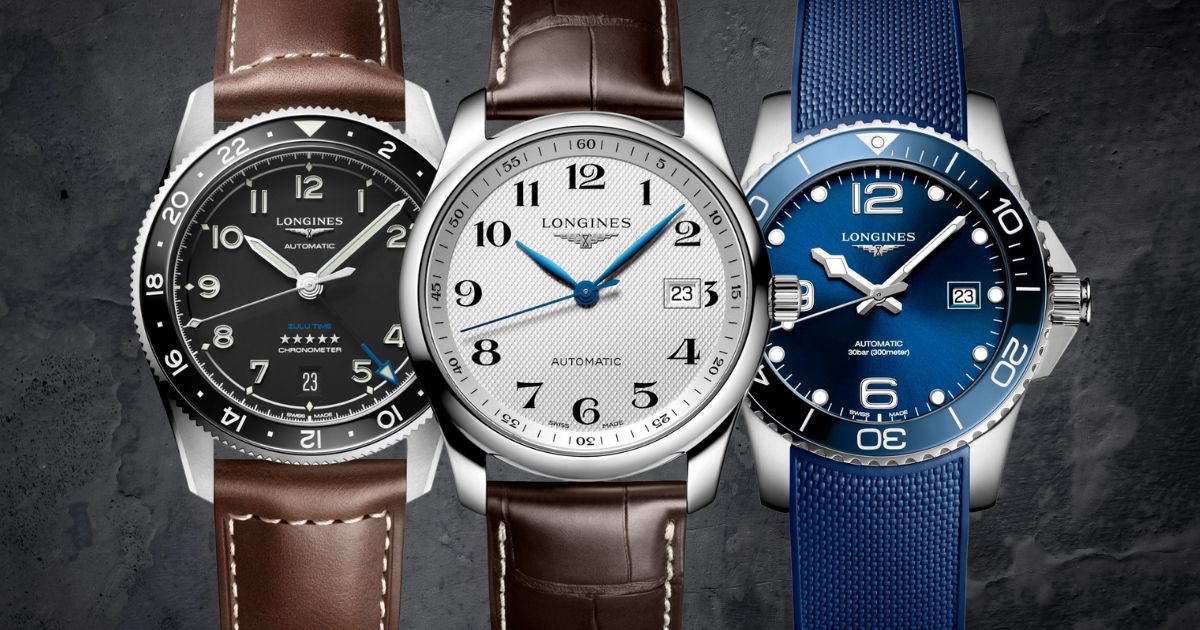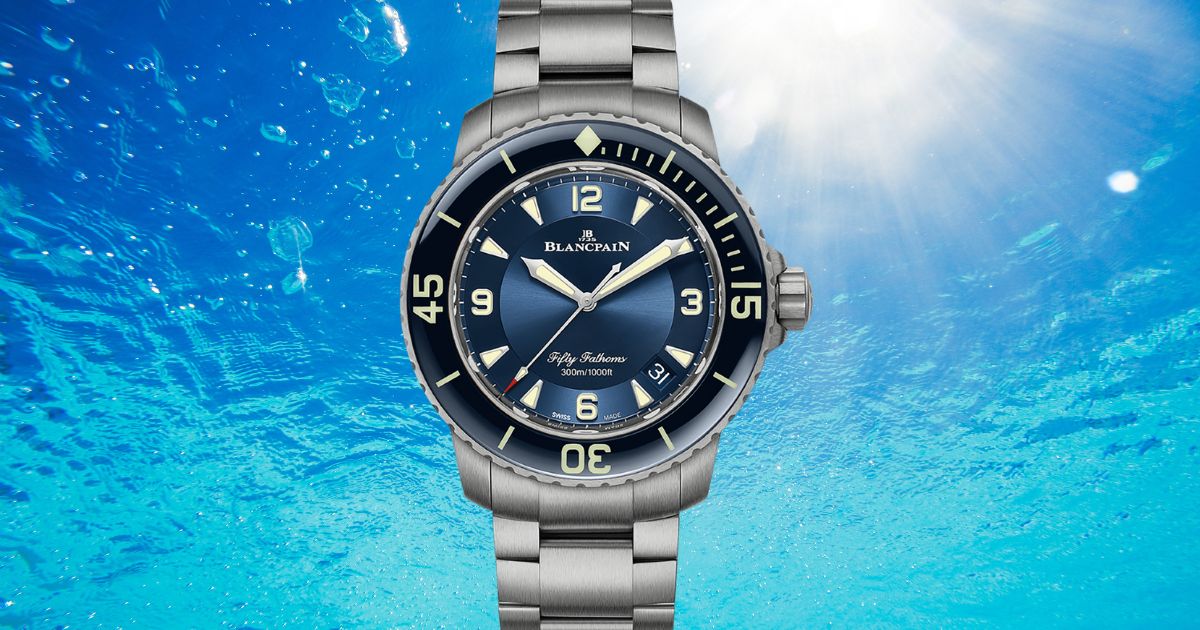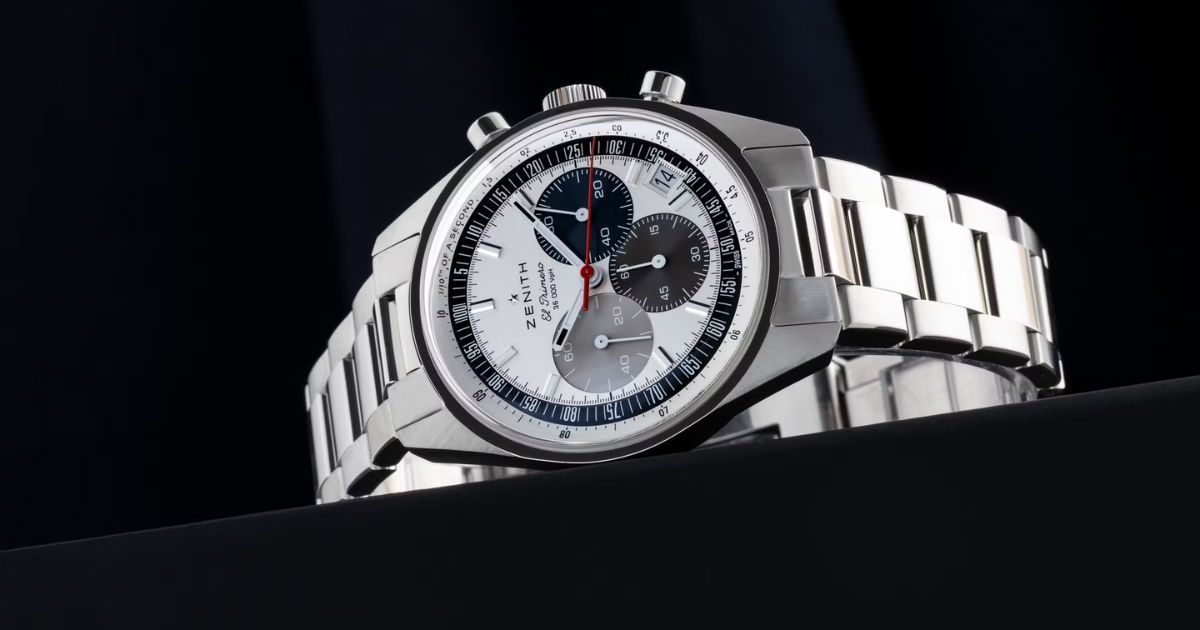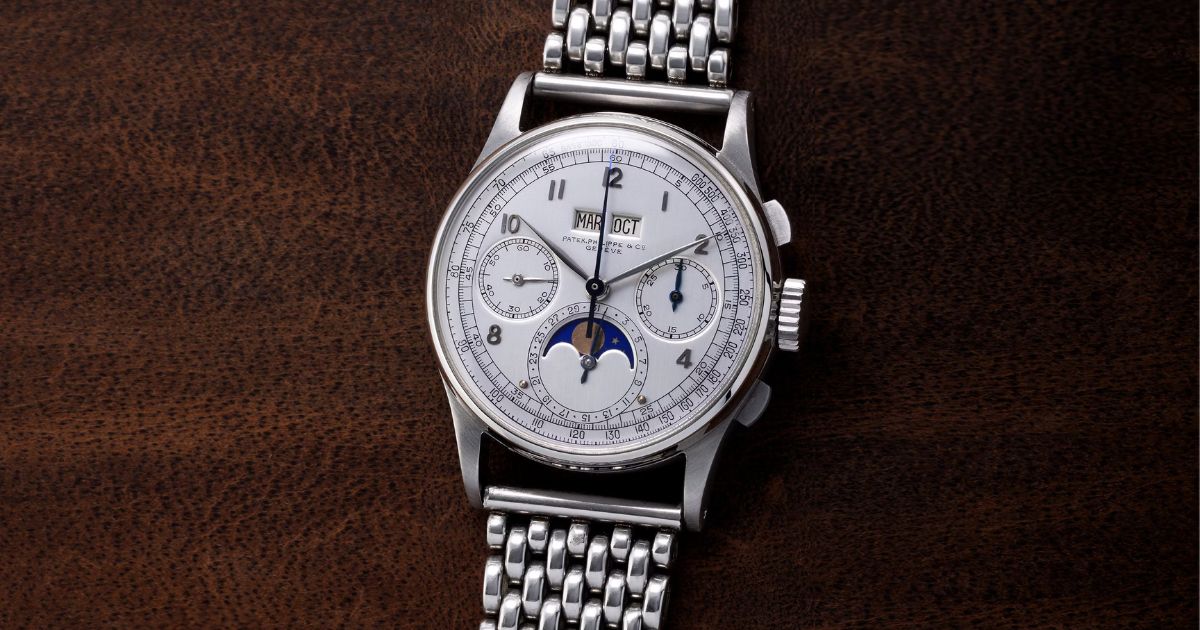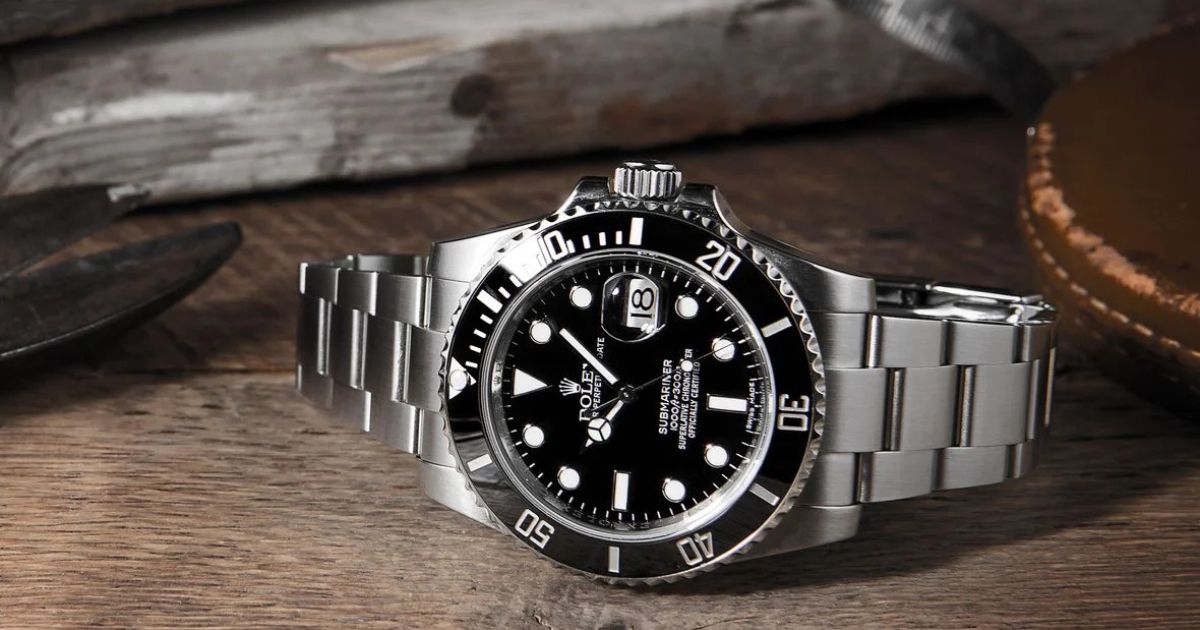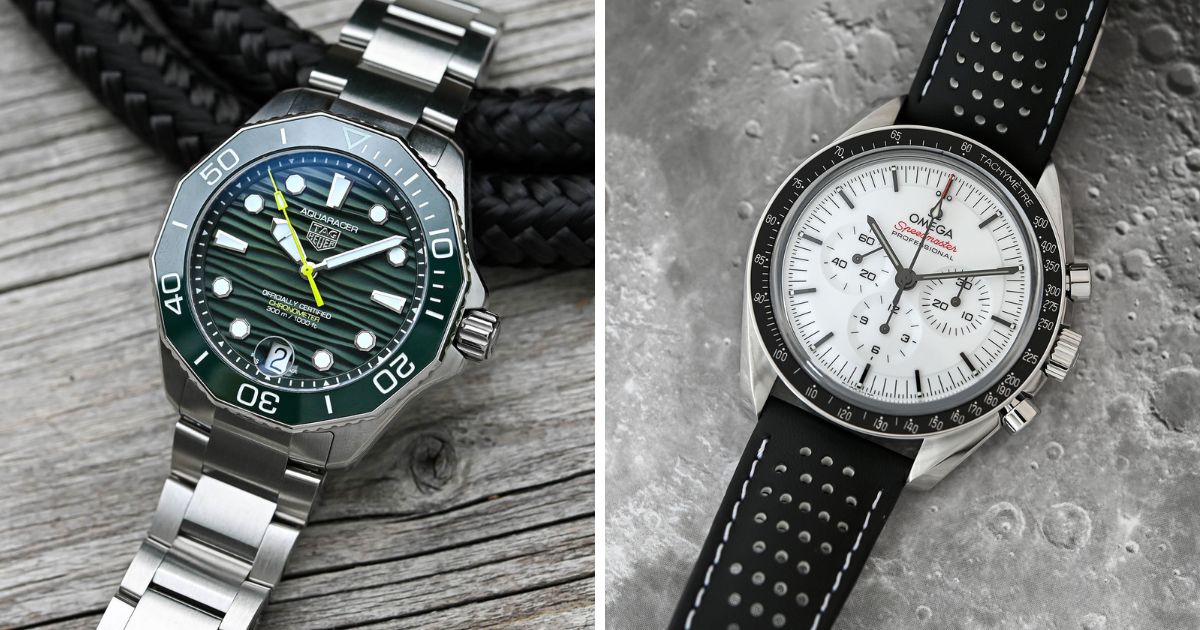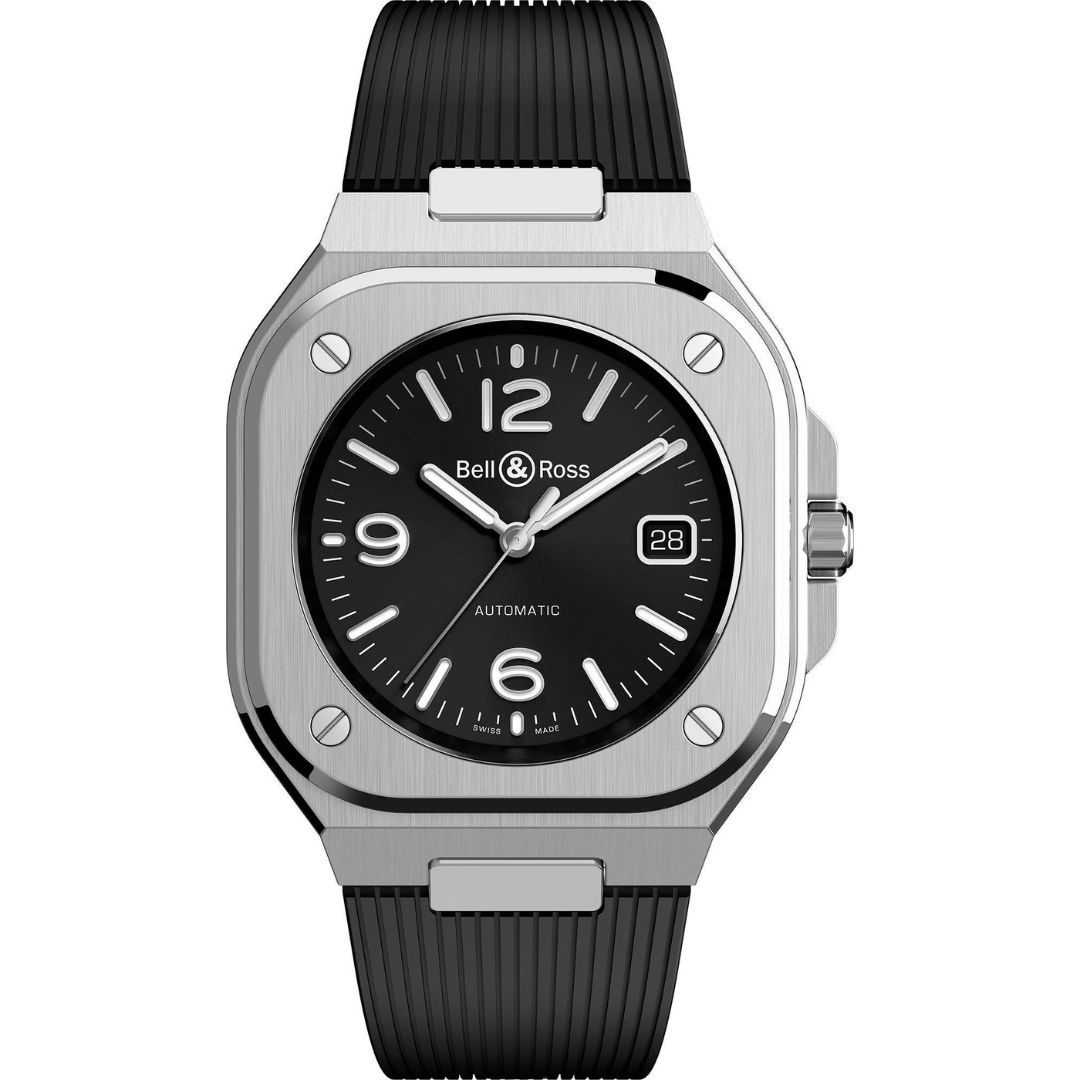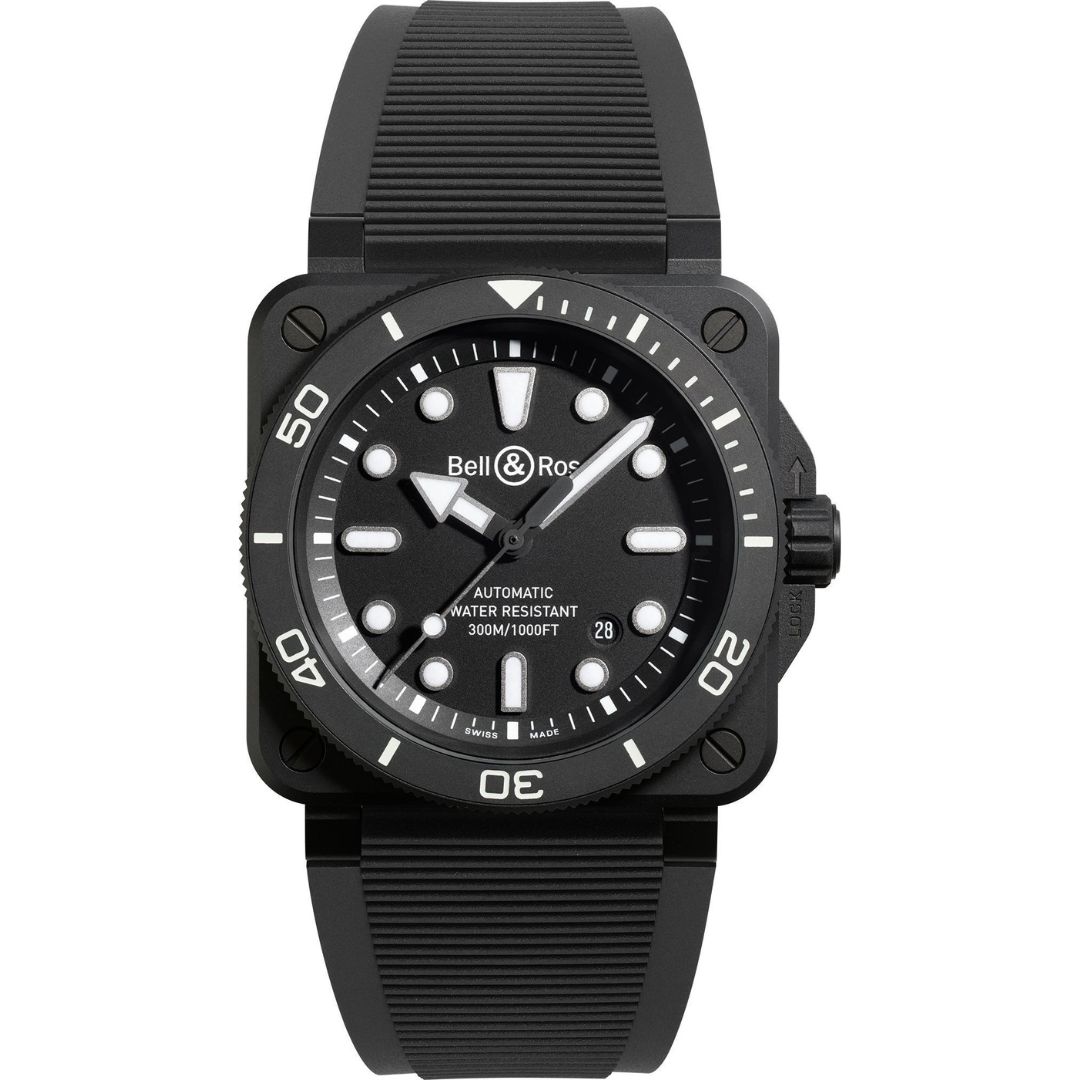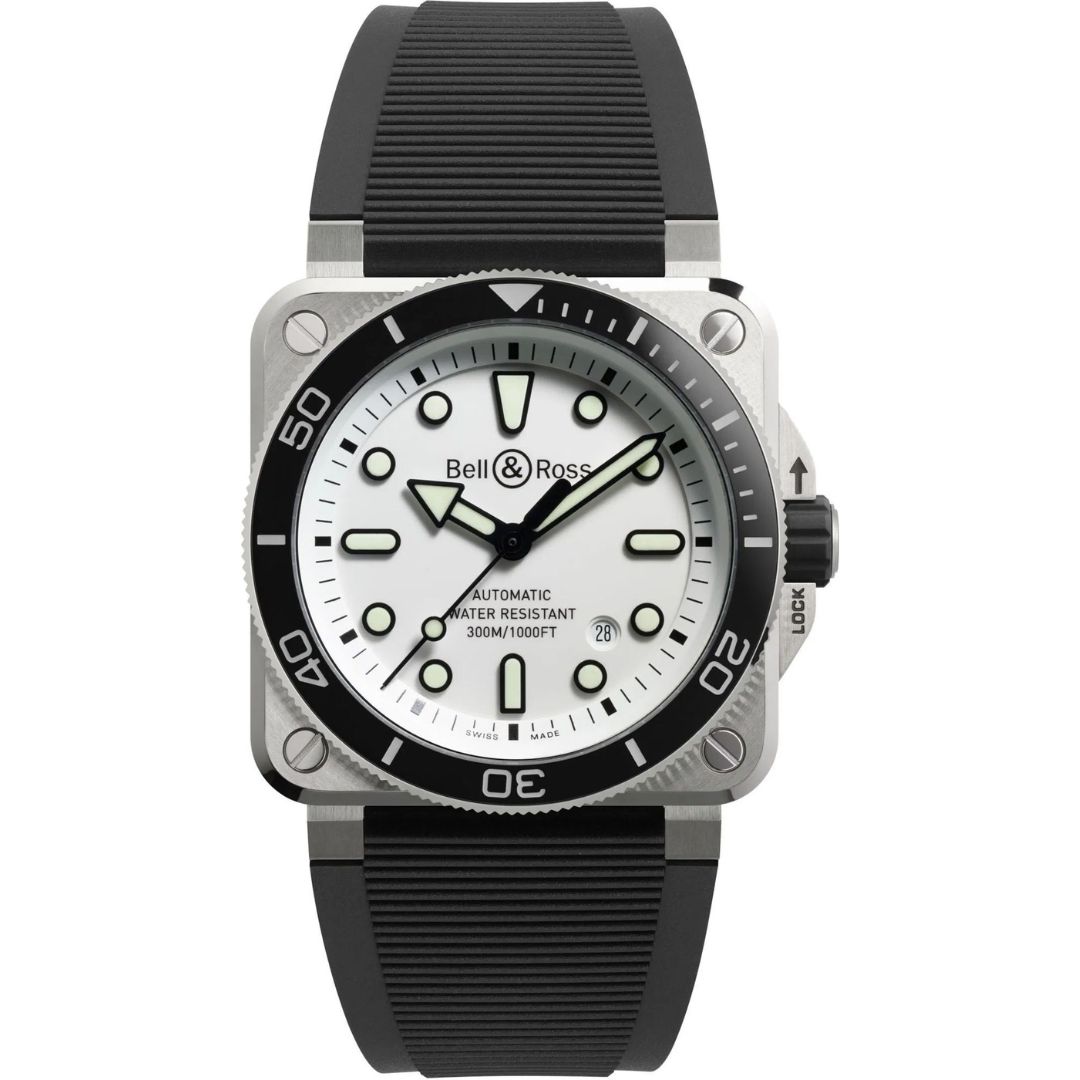Panerai is a name synonymous with bold, distinctive timepieces that blend Italian design with Swiss precision. But the brand’s journey from a small Florentine workshop to a global luxury icon is a fascinating tale of innovation, military secrecy, and Hollywood stardom. Let’s dive into the rich history of Panerai.
The Early Years: Precision Instruments for the Italian Navy (1860–1930s)
Panerai’s story begins in 1860 when Giovanni Panerai opened a small watchmaking shop in Florence, Italy. Originally named Orologeria Svizzera (Swiss Watchmaking), it was both a retail store and a workshop specializing in precision instruments.
By the early 20th century, Panerai had become a trusted supplier to the Royal Italian Navy, providing high-precision mechanical devices, including depth gauges and compasses. In 1916, the company patented Radiomir, a luminous substance based on radium, which allowed for exceptional visibility in low-light conditions—a crucial feature for underwater missions.
The Birth of Iconic Dive Watches (1930s–1950s)
In the 1930s, the Italian Navy needed robust, legible watches for its underwater commandos, the Gamma Subacquei. Panerai answered the call by creating the Radiomir watch (Ref. 3646) in 1938, featuring:
- A large 47mm cushion-shaped case (unprecedented at the time)
- Luminous Radiomir dial for visibility in murky waters
- Hand-wound movement supplied by Rolex (with the “Rolex Panerai” signature on early models)
After World War II, Panerai developed the Luminor in 1949, replacing radium with tritium-based lume (safer but still highly effective). The Luminor also introduced the brand’s signature crown-protecting bridge, enhancing water resistance.
The Quiet Years & Rebirth (1950s–1990s)
For decades, Panerai watches remained exclusive to military use, with very few civilian models available. By the 1970s, the brand had faded into obscurity, surviving only as a supplier of naval instruments.
Everything changed in 1993 when Panerai launched its first commercial collection at the SIHH watch fair. Three models were introduced:
- Luminor
- Luminor Marina
- Mare Nostrum (a reissue of a rare 1940s chronograph)
These watches, with their oversized cases and distinctive designs, caught the attention of collectors—but the real turning point came in 1997, when the Richemont Group acquired Panerai and transformed it into a global luxury brand.
The Hollywood Effect & Modern Success (1997–Present)
Panerai’s popularity exploded when Sylvester Stallone discovered the brand while filming Daylight (1996). He became an instant fan, even commissioning a limited edition (Slytech), which boosted Panerai’s profile in the U.S.
Under Richemont, Panerai expanded its offerings:
- In-house movements (starting with the P.2002 in 2005)
- Special editions (e.g., Bronzo, Submersible, Lo Scienziato)
- Innovative materials (Carbotech, BMG-Tech, Goldtech)
Today, Panerai is celebrated for its bold designs, military heritage, and technical innovation, appealing to watch enthusiasts and style icons alike.
Conclusion
From its origins as a military supplier to its rise as a luxury powerhouse, Panerai’s history is a testament to Italian craftsmanship and Swiss watchmaking excellence. Whether you’re drawn to its vintage-inspired models or cutting-edge complications, Panerai remains a symbol of adventure and precision.
What’s your favorite Panerai model? Let us know in the comments!









